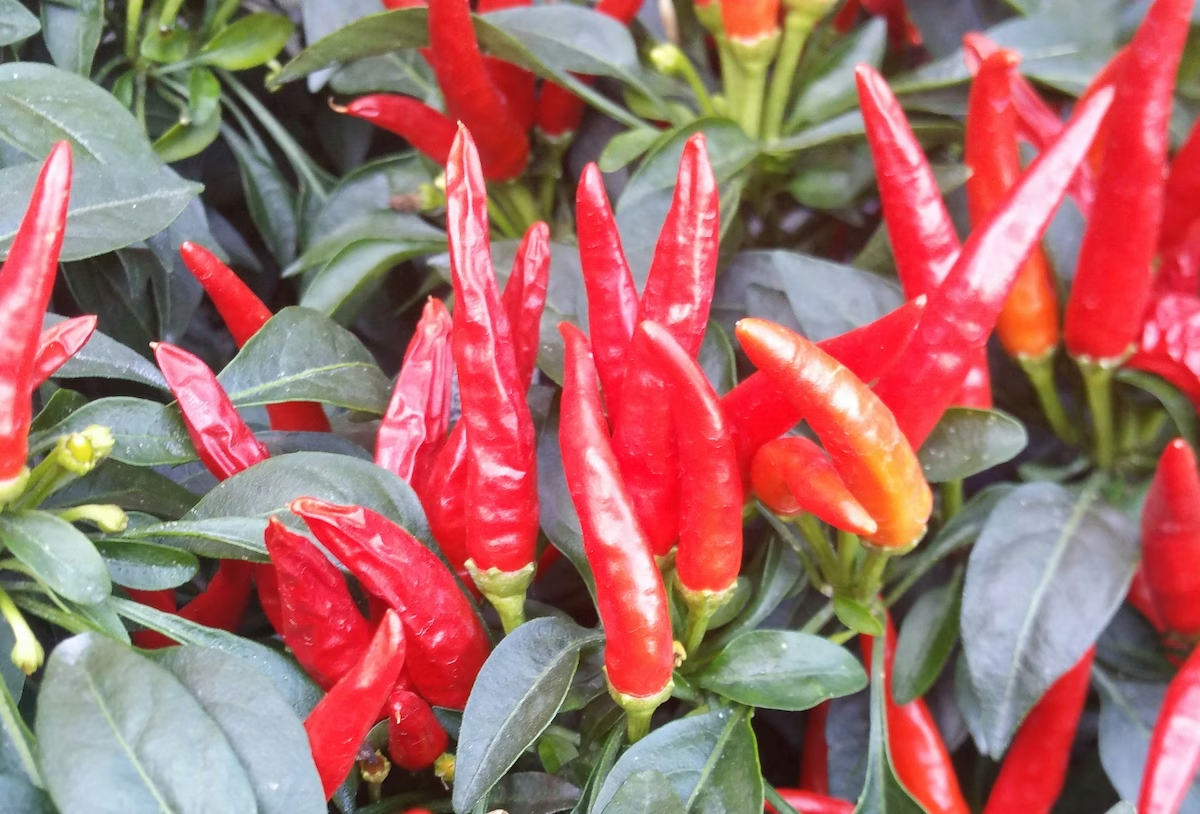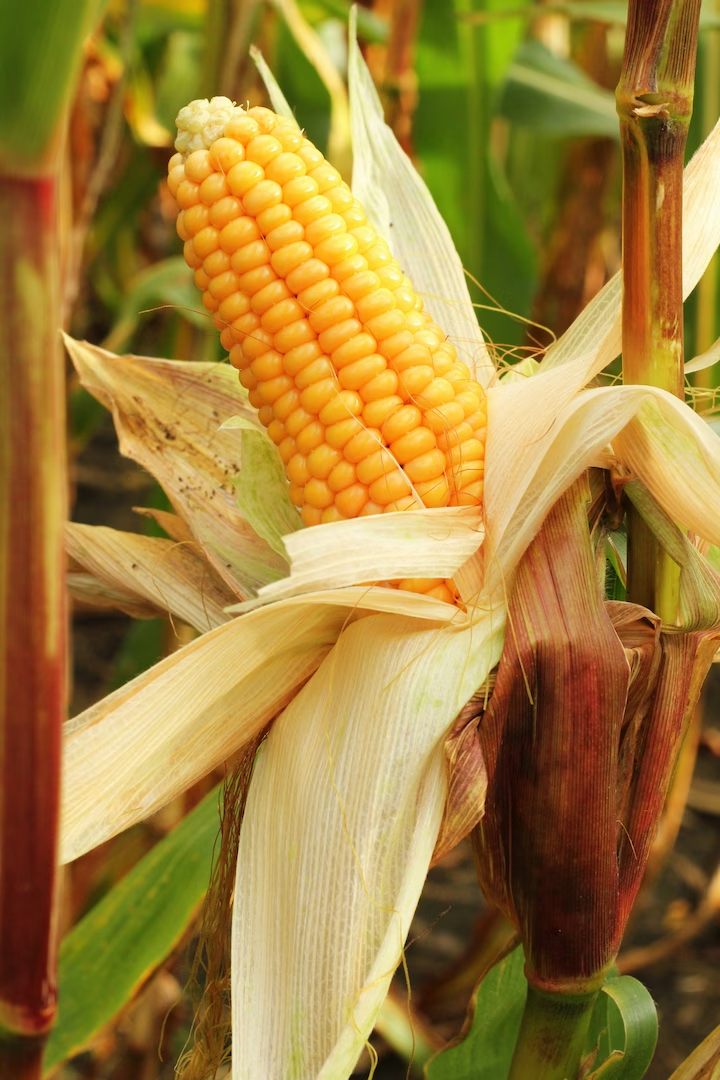Lettuce
Lactuca sativa
Lettuce is a cool-season leafy vegetable cultivated for its crisp and tender leaves. It comes in various types, including butterhead, romaine, crisphead, and loose-leaf, each with unique textures and flavors. Lettuce is commonly used in salads, sandwiches, and wraps, adding a refreshing element to meals. It's a good source of vitamins A and K, as well as folate and fiber.

Quick Information
Planting Calendar
Growing Guide for
1 Sow seeds indoors
Sow seeds in seed starting mix, 1cm deep. Keep soil consistently moist and warm (10-21°C).
2 Sow seeds outdoors
Sow seeds directly in the ground, 1cm deep, when soil temperatures are between 10-21°C.
3 Plant out seedlings
Transplant seedlings outdoors, spacing them 15-25cm apart for small-medium varieties, or 35cm for large varieties.
4 Water regularly
Water lettuces regularly, especially during dry periods, to prevent bolting.
5 Harvest lettuce
Harvest loose-leaf lettuces whole or as a cut-and-come-again crop. Harvest butterhead, cos, and crisphead lettuces when they have formed a head.
Companion Planting Guide
Why Companion Planting Matters
Companion planting can help deter pests, improve pollination, enhance growth, and maximize garden space. Some plants release chemicals that repel pests or attract beneficial insects, while others can improve soil quality or provide shade for sensitive plants.
Explore More Plants

Chilli Pepper Fruit
Chilli peppers are the fiery fruits of the Capsicum family, known for their intense heat and use in various cuisines. They range in size, shape, and spiciness, adding a kick to dishes worldwide. They thrive in warm climates and require careful cultivation.

Sweet Pepper Fruit
Sweet peppers, also known as bell peppers, are a variety of Capsicum annuum prized for their large, mild-flavored fruits. They are used in a wide range of culinary applications, from salads and stir-fries to stuffed peppers and sauces. They require warm conditions and plenty of sunshine to thrive.

Sweetcorn Vegetable
Sweetcorn is a tall, annual grass cultivated for its edible kernels. It thrives in sunny locations with fertile soil and is best eaten fresh. The cobs can be grilled, boiled, or roasted, and the kernels used in various culinary dishes.
